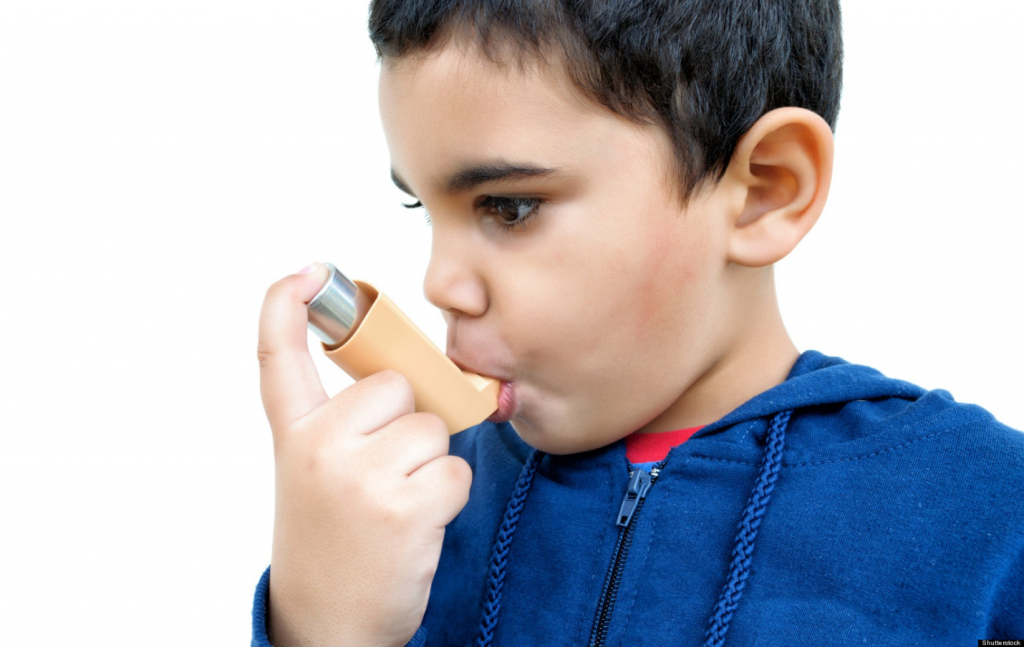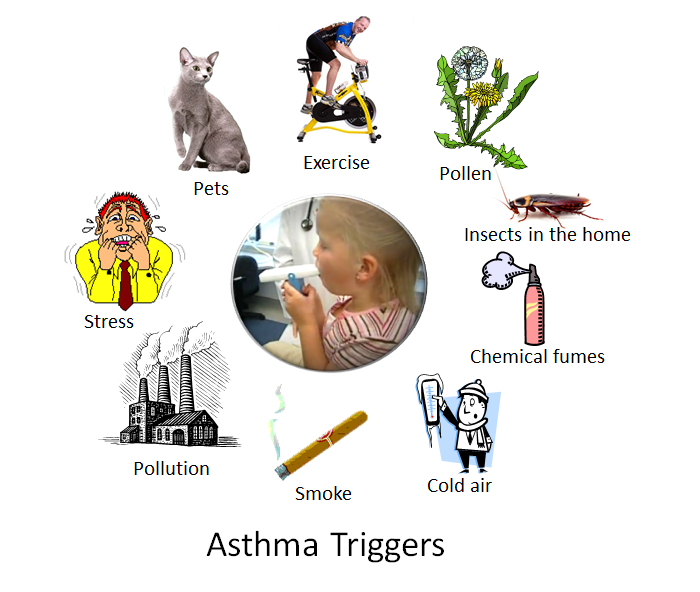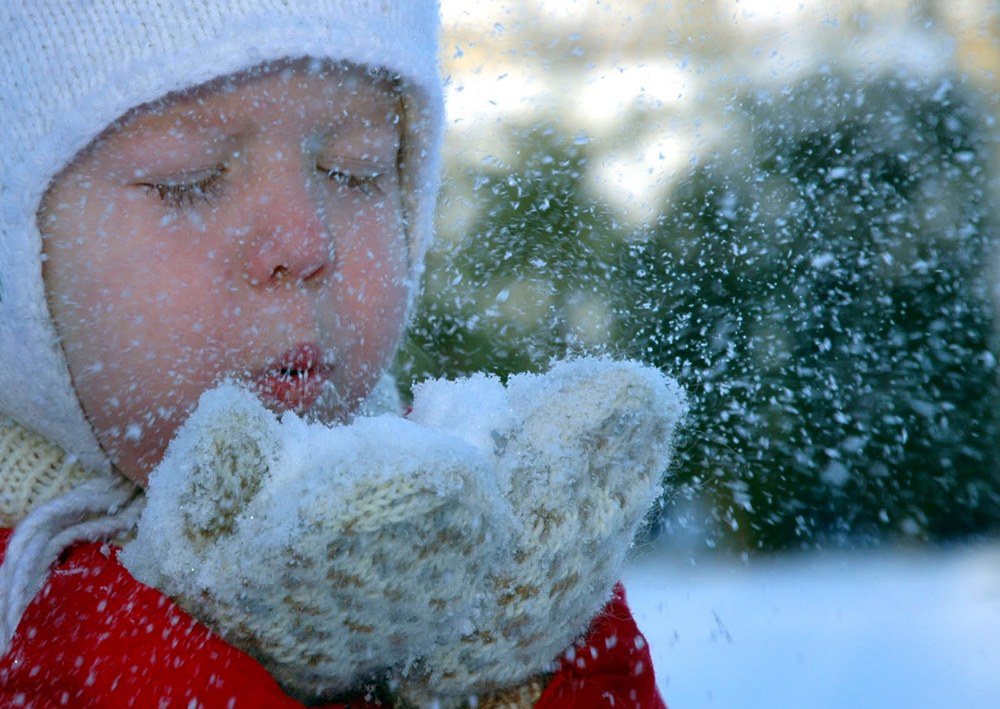
Since Asthma is not a disease but a condition, the triggers cannot be cured. It is imperative to practice preventive measures every day even if the symptoms are not exhibited.
Below are the few points that you need to keep in mind as a parent:
- Get to know about the triggers: Asthma triggers are not the same for all and need to be identified at the earliest. Take the help of you
 r doctor to identify these. A few triggering factors of asthma are pet hair, dust, pollen grains, non-allergic irritants such as perfumes, etc.
r doctor to identify these. A few triggering factors of asthma are pet hair, dust, pollen grains, non-allergic irritants such as perfumes, etc.
- Prepare Asthma Action Plan: An Asthma Action Plan is a strategic plan written for managing Asthma. It shows the daily treatment which needs to be administered to your kid along with dosage details. It also elaborates the ways to manage Asthma in the long term and what to do if the condition worsens.
- Make the child sit in an upright posture and let him take 1-2 puffs of reliever inhaler immediately as prescribed by your doctor.
- Ask him to take slow steady breaths
- Rush to the physician immediately if the wheezing worsens and if there is an appearance of a bluish tinge on the lips which is a sign of respiratory system failure.
- Medications: It is very important to understand that taking regular medications and inhalers is the only way to reduce the risk of Asthma attacks.Inform your kid’s teacher, nurse, caretaker, the baby-sitter about the Asthma Action Plan and also medications which your child needs to take regularly.Household chores like vacuum cleaning, dusting, changing bed covers, pillow covers and curtains should be done regularly. But it is better to avoid doing these household chores when your kid is around as asthma is triggered by dust, the fur of pets at home, mites, animal dander, pollen, etc
- Care during Travel: It is very important to carry the medications and the inhalers in your hand baggage along with the prescription. It is also important that you keep a hard copy of your Asthma action plan in your bag.
- Care during winter: Cold air is a major trigger for asthma symptoms such as wheezing and
 shortness of breath. Staying indoors on cold or windy days is advisable. If you have to take your kid out, make sure that you cover the child with a scarf over the nose and mouth and also remember to carry the child’s inhaler.
shortness of breath. Staying indoors on cold or windy days is advisable. If you have to take your kid out, make sure that you cover the child with a scarf over the nose and mouth and also remember to carry the child’s inhaler.

